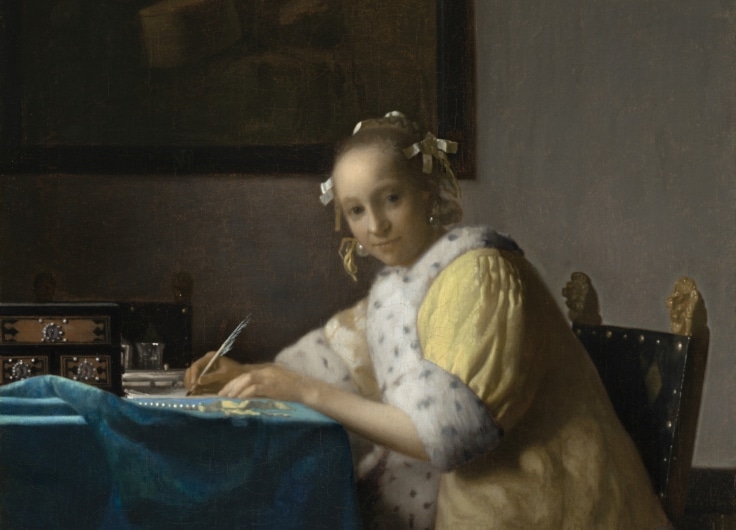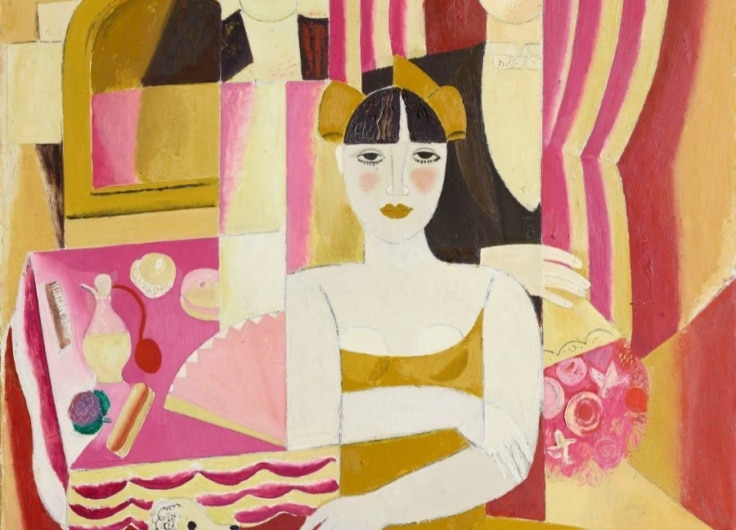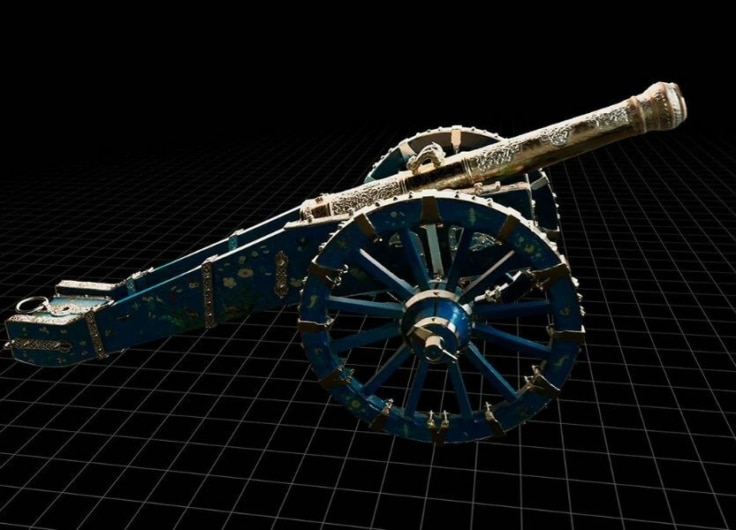Warts, Alcoholic Noses And Weird Beards: ‘Turning Heads’ Is An Animated Viewing Adventure
A gorgeous series of paintings, prints and drawings is featured in Turning Heads, the exhibition at the KMSKA in Antwerp that focuses on the genre of tronie art. This was in vogue in the seventeenth century, with influential ‘head painters’ such as Rembrandt, Rubens and Vermeer.
There’s no escaping it when you cross the threshold of the Royal Museum of Fine Arts in Antwerp: heads everywhere you look. In cloakroom lockers, the toilets, and in the museum café, they smile, gaze, or turn away from you. What is it about faces that always makes you want to look back at them? To seek contact with, even when you know that the person you are looking at only exists in paint or on a sticker? It makes the exhibition Turning Heads, which runs until 21 January 2024 in the KMSKA in Antwerp before travelling on to Dublin, an animated viewing adventure.
The exhibition brings together nearly eighty tronies, in the form of paintings, prints, drawings and sculptures. To show the difference with other genres, they are interspersed with a few portraits, study heads, and history paintings. Because the tronie is a specific genre in painting. They are heads that mainly depict a feeling or character trait, the identity of the person depicted is not important.
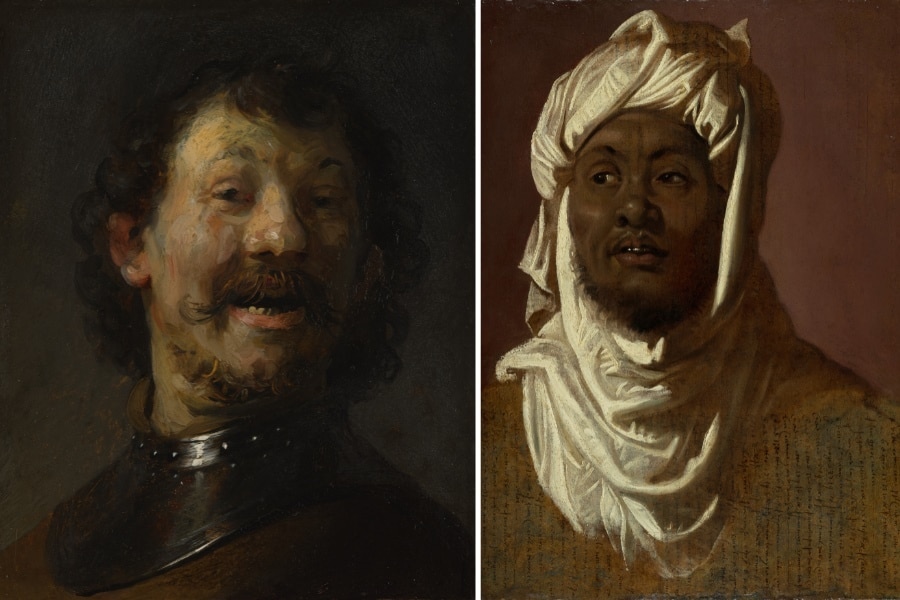 Rembrandt van Rijn, The Laughing Man, 1629/1630 and Peter Paul Rubens, Study for King Balthazar, ca. 1609-1611
Rembrandt van Rijn, The Laughing Man, 1629/1630 and Peter Paul Rubens, Study for King Balthazar, ca. 1609-1611© Mauritshuis / J. Paul Getty Museum
Like a portrait, a tronie was painted from a live model. But where a portrait was usually made to order and reflected the social identity of the model, tronies were meant for the free market. They were painted on the artist’s initiative. Because it was not an assignment, the artist could take much more freedom. Even if it may just be in depicting scary warts, alcoholic noses and weird beards. Unadorned, lifelike, and sometimes even caricatural.
The artists of the Low Countries were not alone in this. Leonardo da Vinci, for example, was a great source of inspiration for them, owing to his great interest in the physical expression of human character and the fact that he sent quite of few of his grotesque heads out into the world. He even ventured into the slums of Milan to observe passers-by and to compile his own ‘head archive’. Painters from the north, such as Dürer and Massijs, were influenced by him.
Landscapes, still lifes and a tsunami of tronies
When you enter the exhibition and have passed a tower of portraits that you become part of when you look in a mirror, the first thing you meet with is the arsenal of heads in the painting The Carrying of the Cross from the world of Hieronymus Bosch. The angelic face of Christ is surrounded by a motley crew of lordships with eccentric faces. Each one seemingly vying to outdo the other at being the greater villain. In the exhibition, the panel from the early sixteenth century is a prelude. A century later, a ‘tsunami’ of tronies appeared on the Dutch art market.
But now we are still in sixteenth-century Antwerp, where there was a flourishing art market that stimulated innovation and experimentation. In that blaze of activity, all kinds of new genres emerged: landscapes, still lifes, market and tavern scenes and therefore the tronies as well.
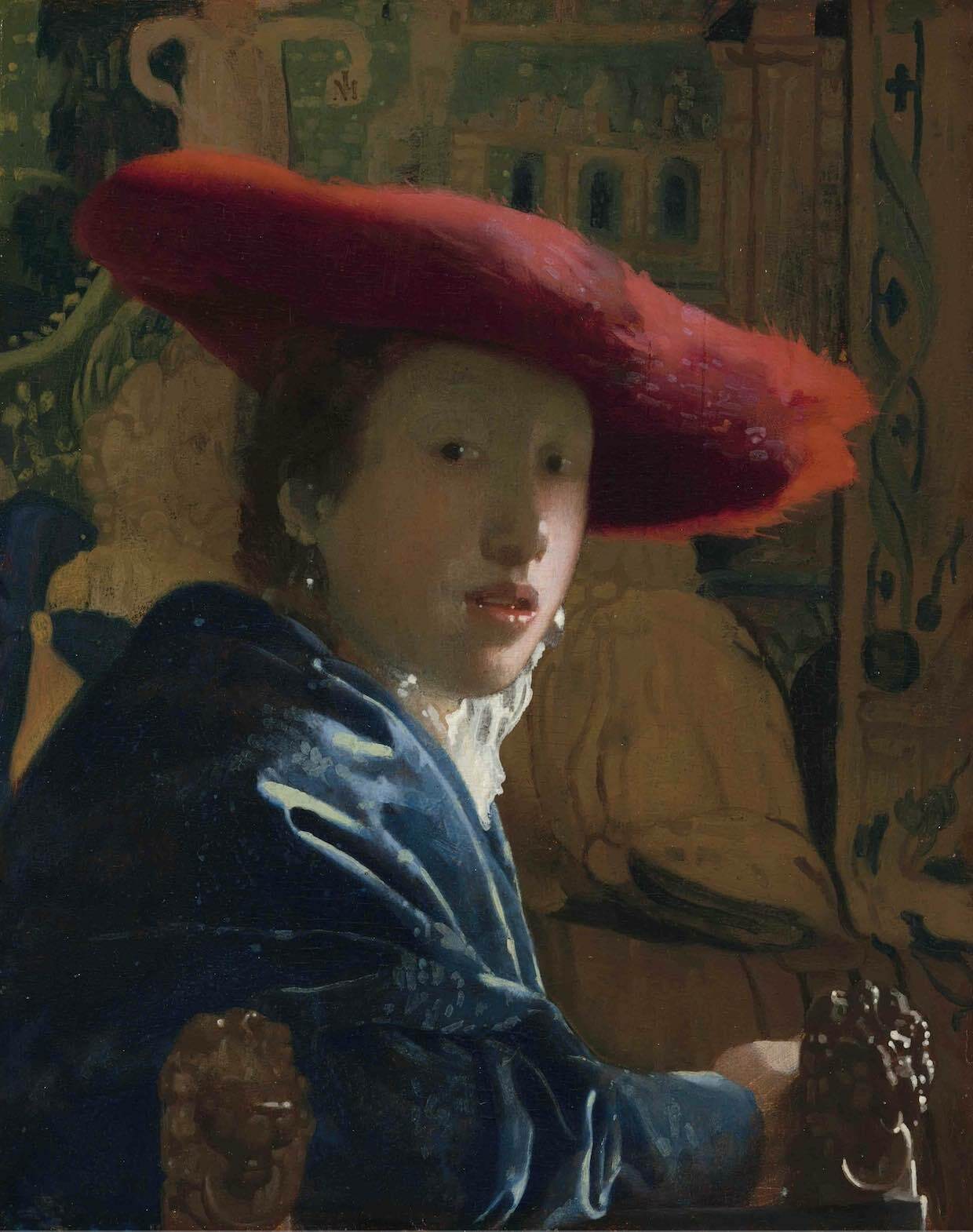 Johannes Vermeer, Lady with the Red Hat, ca. 1665-1669
Johannes Vermeer, Lady with the Red Hat, ca. 1665-1669© National Gallery of Art, Washington DC
Artists found it an interesting genre to experiment with: such a small format tronie was painted quickly, did not require much material, and did not have to meet all kinds of complicated requirements. This increasing interest in heads was reflected in contemporary art theory and physiognomy or ‘facial science’, the pseudoscience that states that a person’s character can be read from his face.
At the same time, a wide variety of faces and facial expressions was deliberately sought. After all, for larger (history) pieces, different characters were needed. “Depict your faces so that they are not all of the same type, as is done in most cases,” Leonardo wrote. “But give them a different appearance, according to disposition, and good or bad character.” And according to art theorist Karel van Mander, an artist had to use a wide range of expressions:
“Love, desire, joy, pain, wrath, distress and sorrow, which pounce upon the heart, Faint-heartedness, suppressed fear and evil, also puffy eyedness, and nasty outlashes of expression.”
Spot the differences
If a tronie was not the depiction of a specific person portrayed, then who was it? The exhibition offers a few answers that fire the imagination. First, we see Abraham Grapheus, the keeper of the hall of the Antwerp Guild of Saint Luke and a well-known figure in the city. This Grapheus was endowed with a characteristic head, which we encounter in paintings in various genres by different artists of the time: in history paintings, as portraits, as a main study and as a tronie. An enlightening essay is devoted to this problem in the catalogue. This is beautifully illustrated in the exhibition by hanging a portrait of Grapheus by Cornelis de Vos next to two main studies of Grapheus by Jacob Jordaens I, where the viewer can indulge in an instructive game of ‘spot the differences’.
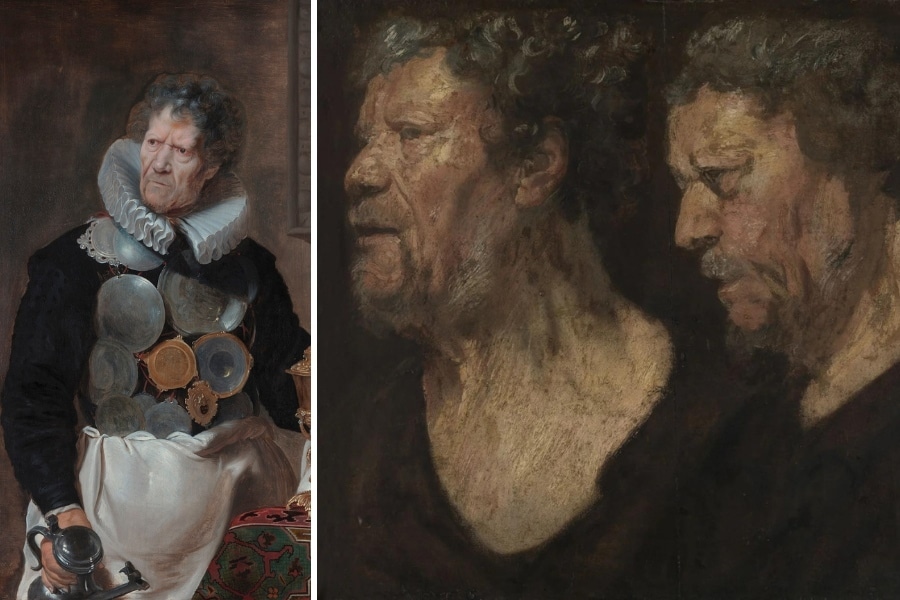 Cornelis de Vos, Abraham Grapheus, 1620 en Jacob Jordaens I, Studies of the Head of Abraham Grapheus, ca. 1620/1621
Cornelis de Vos, Abraham Grapheus, 1620 en Jacob Jordaens I, Studies of the Head of Abraham Grapheus, ca. 1620/1621© KMSKA, Antwerp / MSK Ghent
The different faces of the same woman that we see in works by both Jordaens and Rubens are touching: did she really come to Rubens’ house as a laundress? And to take a trip to the north: Rembrandt and his painter friend Jan Lievens also hired the same models, such as the balding gentleman who posed for them both.
It is precisely these anonymous models, who recur in the work of various artists, that give an extra dimension to the exhibition: you see them walking from studio to studio in Antwerp or Amsterdam, sometimes taking a seat here, then there. They keep popping up in all their anonymity. This way, they connect works by great masters and tell their personal stories about the practice of head painting. Or, as curator Nico van Hout said during an interview: in the Antwerp church people must surely have had an aha moment when they recognized their neighbor on an altarpiece.
Sparkle in the eyes
A head requires headgear, and headgear adorned quite a few tronies. We see them in all kinds of forms: hats and caps, turbans with and without feathers and jewels, copper helmets and crumpled rags. The headgear and the often-exotic costumes gave the artist an excellent opportunity to show all sides of his profession: sparks of light were strewn everywhere, contrasts tossed around, brushstrokes played with, which sometimes depicted strands of fur hair, or gold brocade, or the glittering links of a necklace.
Rembrandt excelled in this. He saw the gatherings of international people dressed in foreign garments wandering the streets of Amsterdam, owned several exotic garments and headgear himself in which he had his models pose, but also liked to let his imagination run wild.
In addition to all that headgear, the exhibition also features a range of light effects. It was the light that defined the facial features. Both in the larger, firmly brushed works by Rubens, Jordaens and Van Dyck and in the delicate Portrait of a Girl by Michael Sweerts (look at the sparkle in her eyes!) and a whole series of prints by Rembrandt.
One of Rembrandt’s works is also used by the exhibition to illustrate that the tronie became an art form in its own right. In his painting Interior with Figures Playing ‘Handclap’ we see a ‘Turkish tronie’ hanging on the wall. We know from inventory descriptions tronies like that were part of popular wall decorations, which brought light and colour to the dark canal side rooms with their turbans full of shiny feathers and sparkling jewels.
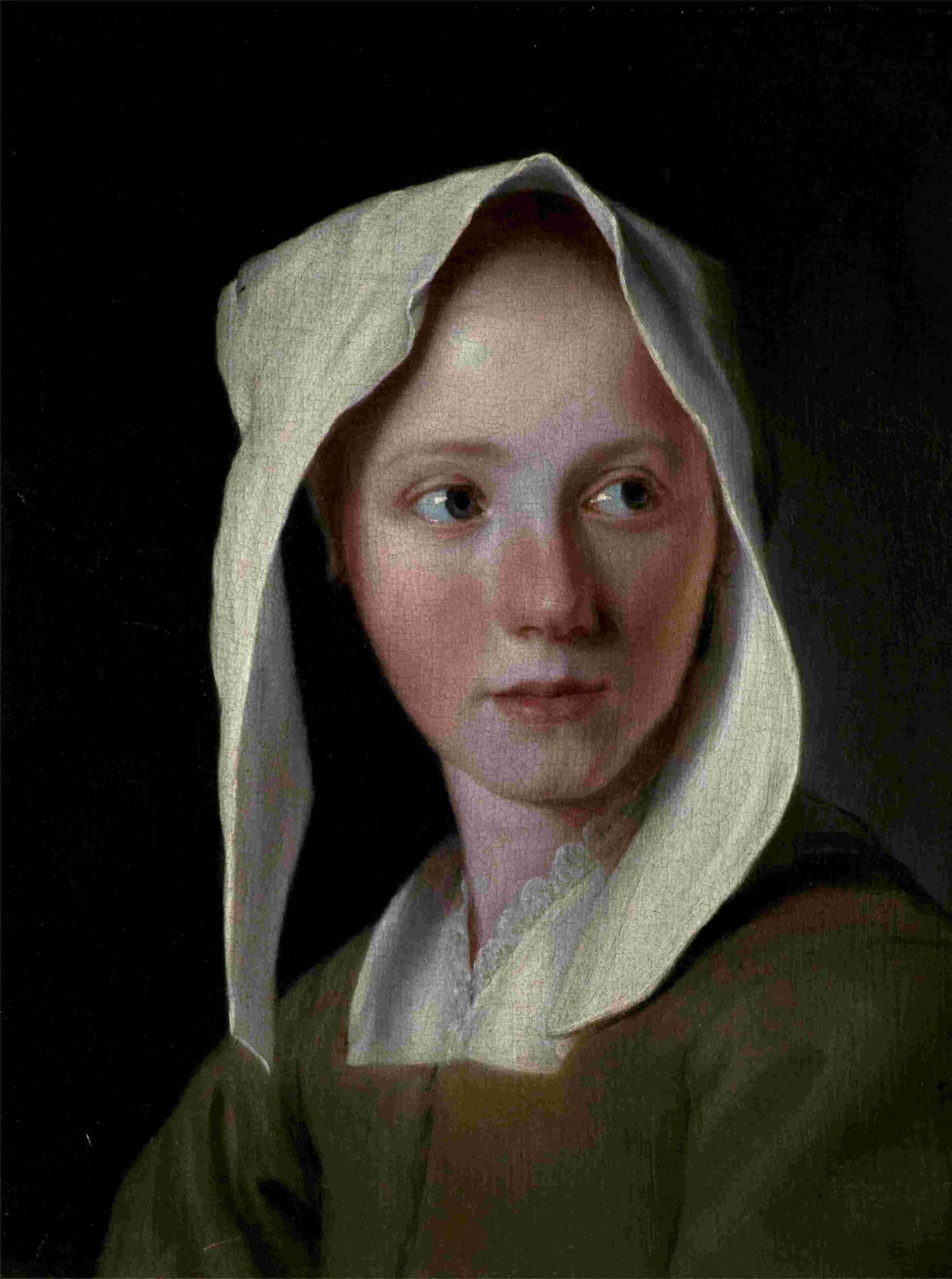 Michael Sweerts, Portrait of a Girl, 1654
Michael Sweerts, Portrait of a Girl, 1654© Leicester Museum and Art Gallery
The Antwerp exhibition is afforded plenty of space. The rooms with works of art are interspersed with yet others in which you can look at your own head as an object of study, with different types of light, with headgear, where you can make funny faces, or draw your own face. It mirrors the catalogue, in which scholarly essays are interspersed with contemporary commentary on contemporary portraits by a psychologist, an artist, a photographer, an actress, and a milliner (“I like to create characters with my collections”). Does that interfere with the exhibition itself? Maybe. For me, it had the effect of constantly distracting me from the story. Yet at the same token, it provides playful commentary and a break from these gorgeous series of paintings, prints and drawings.
Personally, I didn’t find my own head very interesting – I kept returning to those painted faces. Most of them don’t look at us, they are absorbed in themselves, perhaps tired of posing for so long. Except for a few, that is. Vermeer’s famous girl with her red hat on, Rembrandt’s Laughing Man with his bad teeth, Jan Asselijn’s smirking Cow’s Head (!) and Adriaan Brouwer’s lad with his funny little face. Quickly, so no one will notice, I make a funny face back.
The exhibition ‘Turning Heads’ can be seen at the Royal Museum of Fine Arts Antwerp until 21 January 2024. To accompany the exhibition, Hannibal Publishers published a catalogue of the same name with essays by Nico van Hout, Koen Bulckens, Michael W. Kwakkelstein, Lizzie Marx and Friederike Schütt.


